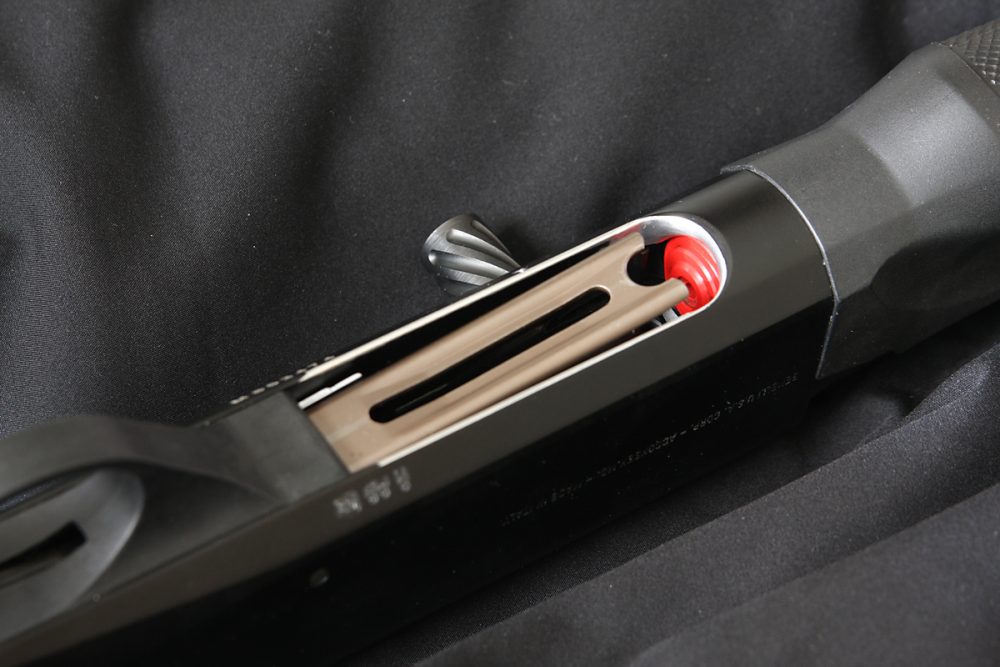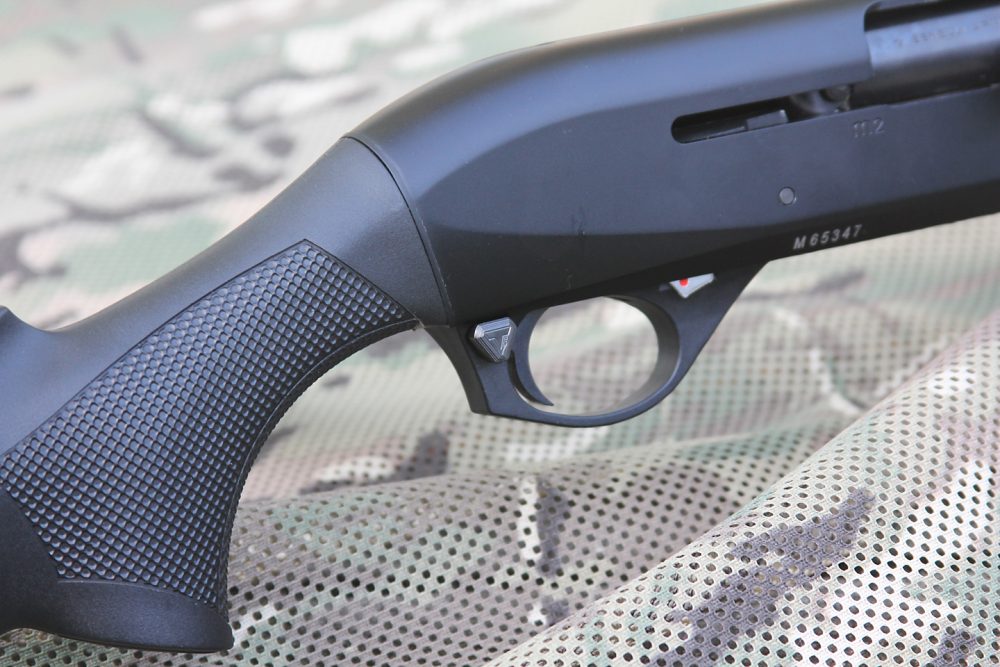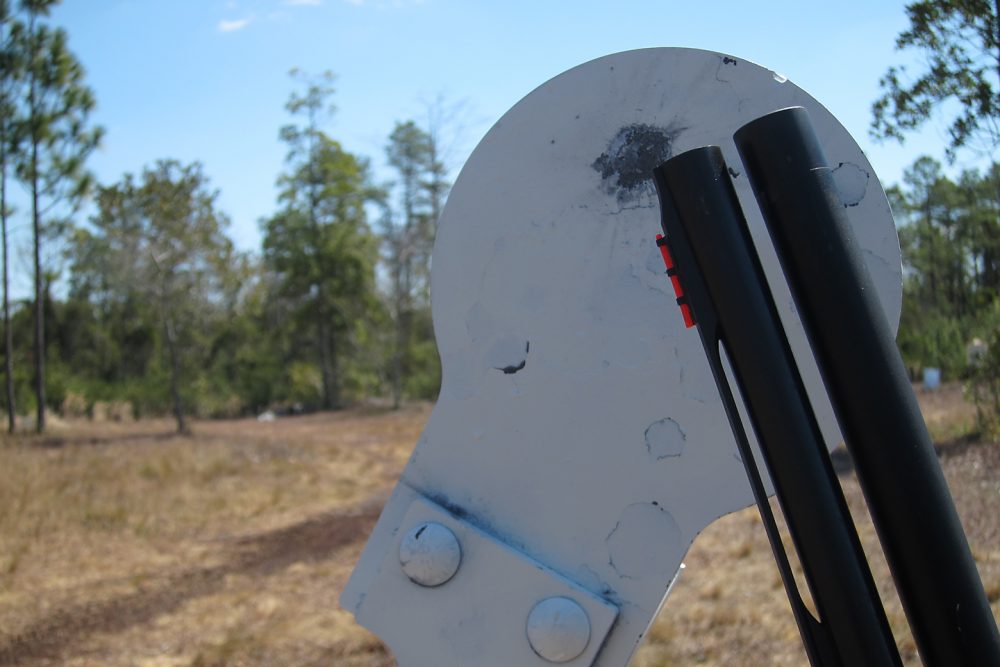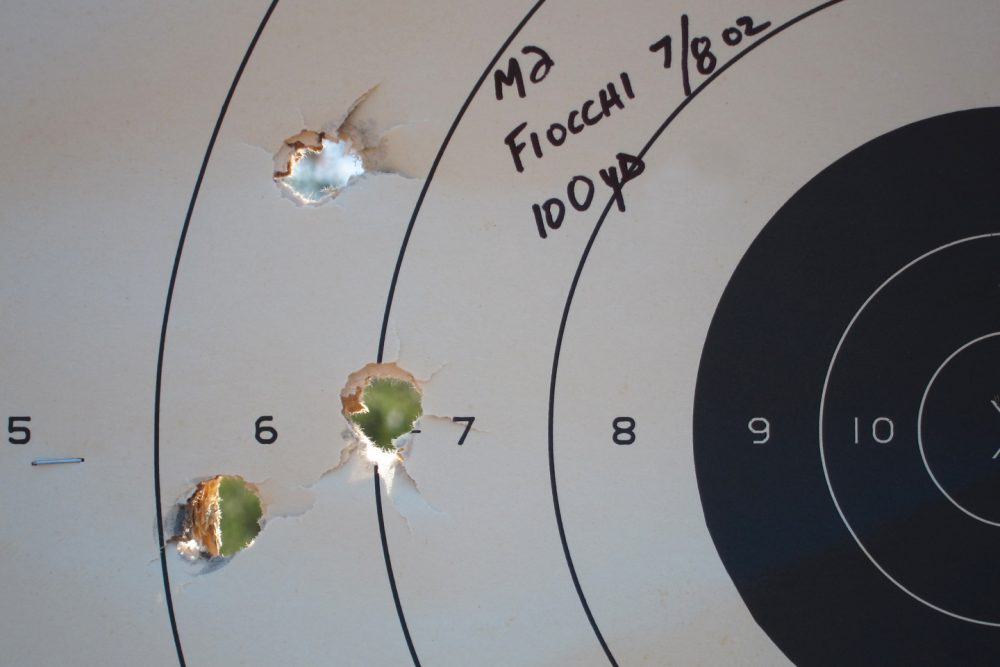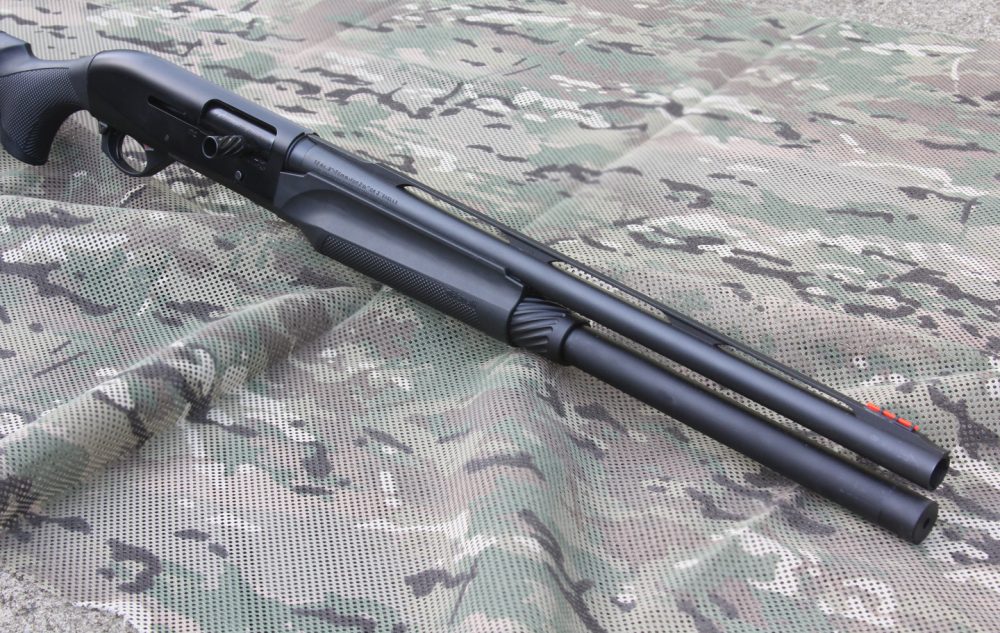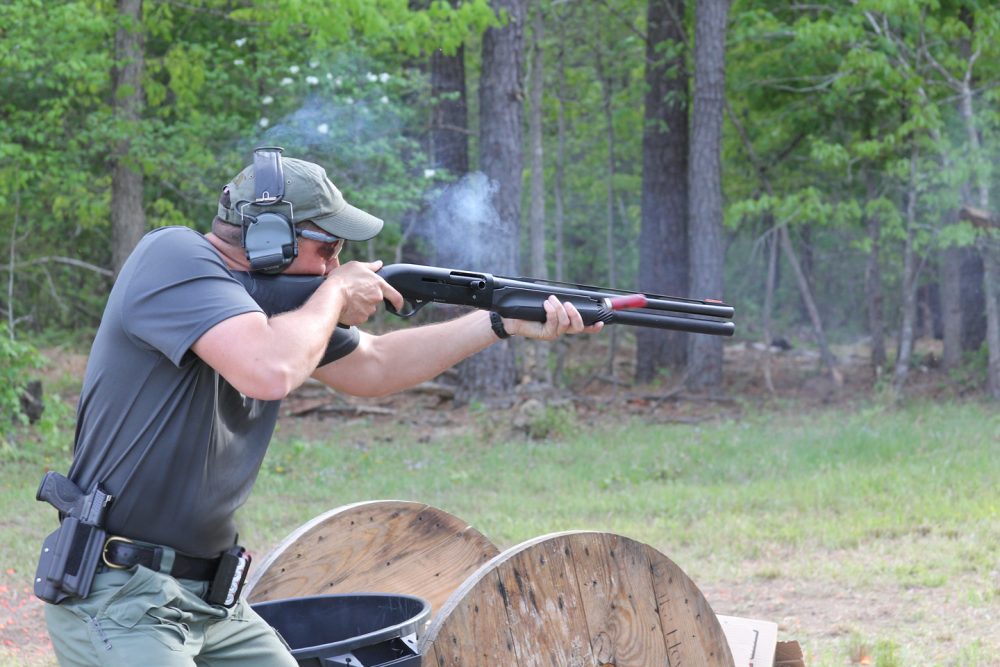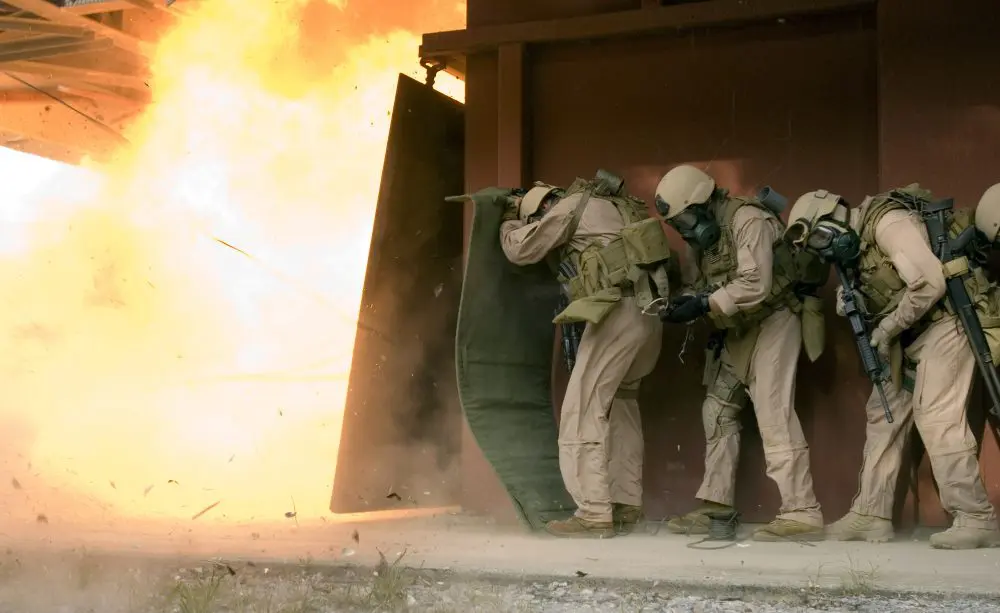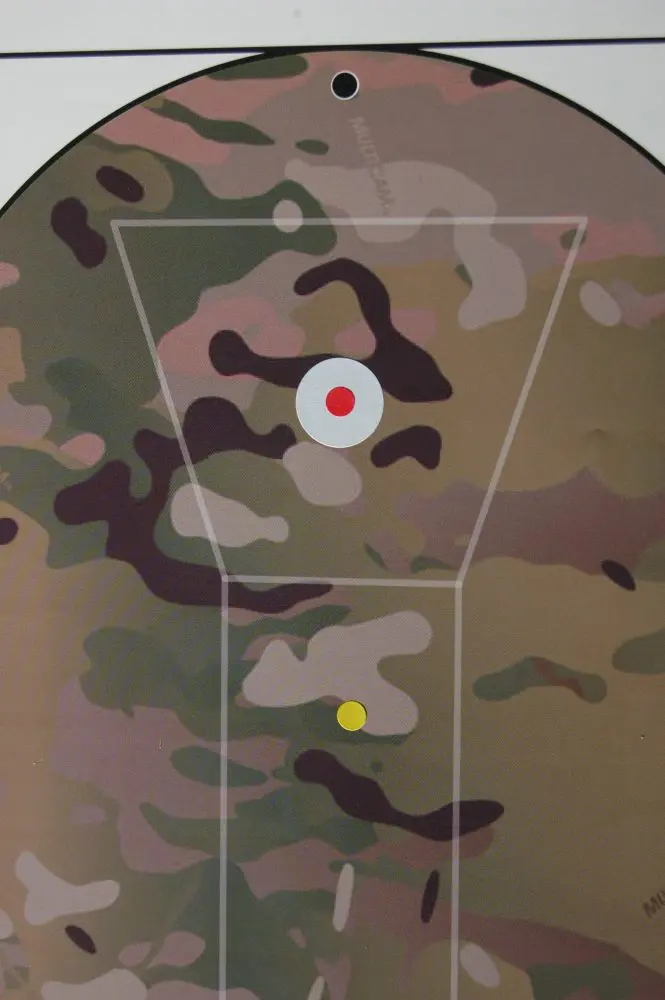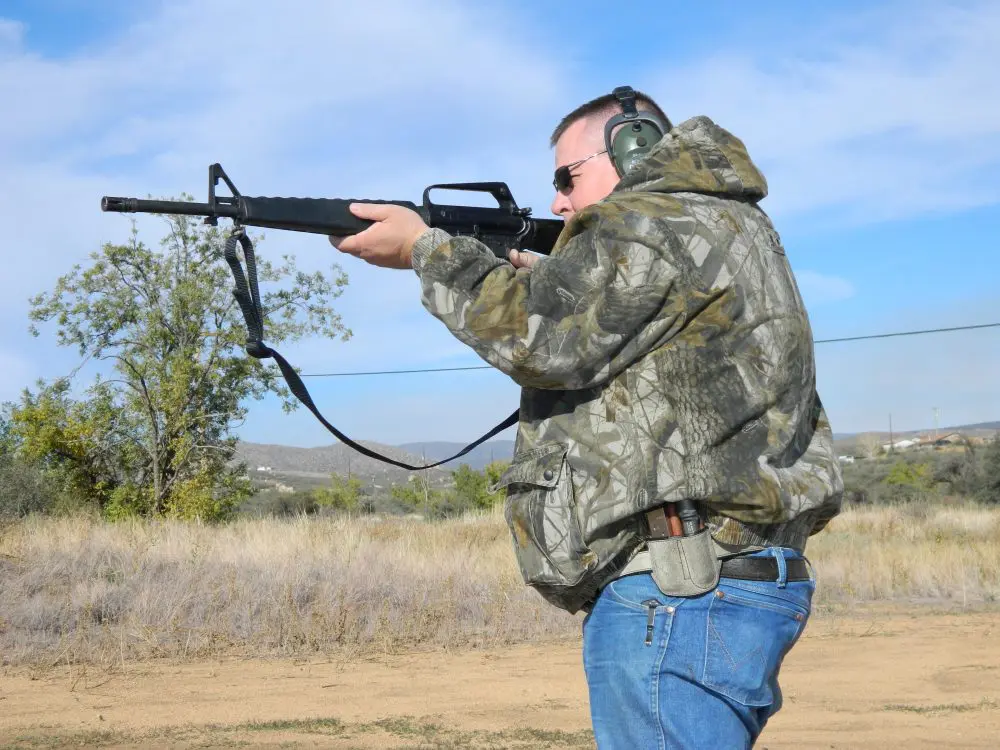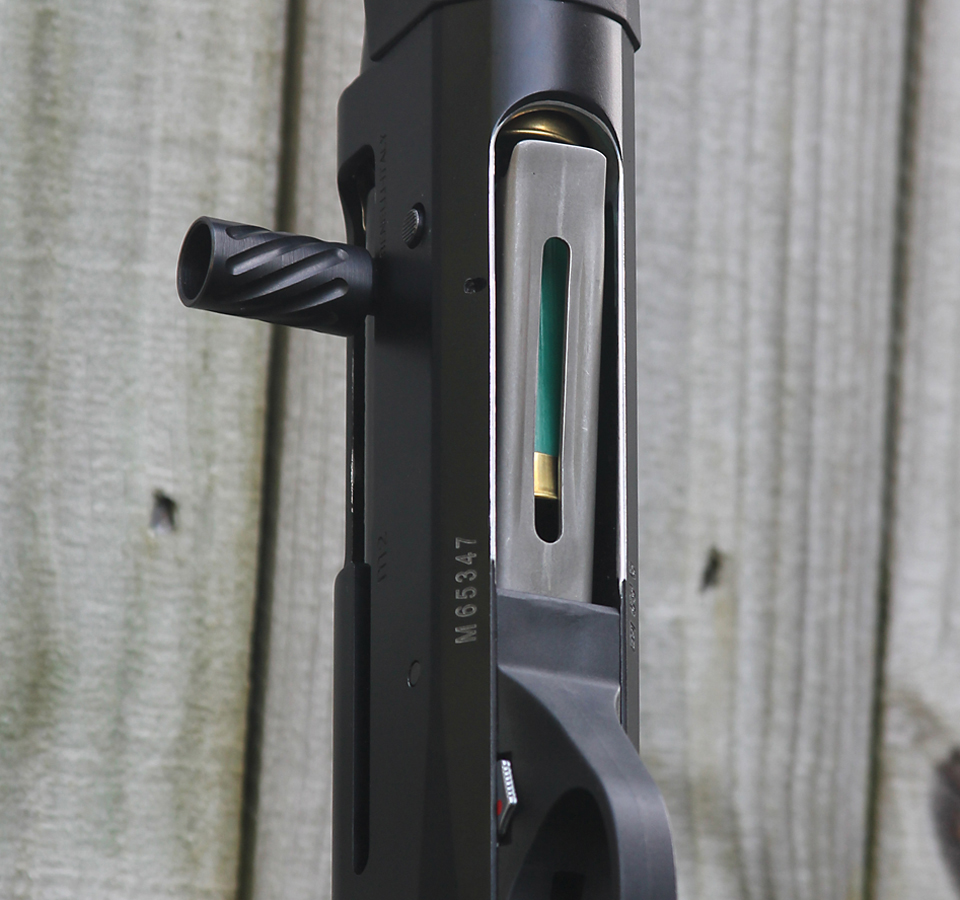
In spending some extended quality time with a Benelli M2/21 inch with the ComforTech stock over the last year, I realized I really liked the potential of this particular model. However, there were a variety of little things that needn’t be left alone, and I started down the modification path.
The last few years have seen a wide variety of refinements become available and more common for modern service shotguns. I carefully considered and added to the scattergun where performance could be improved. In doing so, a good shotgun became great for my intended uses. I’ll cover each in turn, from those with the most impact to “good to have” and then talk through some considerations.
But before we depart friendly lines on this patrol, a word on the mission is in order. The scattergun is the most versatile personal firearm in the arsenal. It can harvest fowl, small or large game; separate doors from their hinges; be a fearsome antipersonnel weapon in tight quarters or ideal for fleeting targets at challenging pistol range; and then serve with rifle-like precision at PDW distances. It can also be a tool in a wide variety of shooting sports.
Understanding with some clarity exactly what you want the scattergun to do will go a long way toward ensuring it actually does that post-modification. Otherwise your prized piece will look tops in a picture on an Internet forum of tactical coolness, but may be less able in some of your intended usage scenarios.
My personal objective was to have a capable defensive shotgun that retained sport and hunting versatility. Put simply, I wanted to hit fast, reload fast, hit at distance, and have more capacity. The resulting shotgun works well across my intended applications.
Benelli M2/21 inch is a great candidate for modifications that boost its practical/tactical performance.
Table of Contents
DO THIS FIRST!
The Benelli M2’s Achilles Heel is the shell carrier, sometimes referred to as the lifter. The part has a prominent U-shaped notch that seems inspired in form and function by a grilling fork or maybe a lobster pick. It’s as if the engineers designed the part to ensure that the shooter’s loading thumb was trapped in the receiver unless loading is executed very slowly and carefully.
Depending on the shooter’s hand size and exact manipulation, the experience can range from annoying to a curse-inducing trap effect, with the thumb effectively stuck in the gun, which is not very “tactical.”
M4/M1014 series shotguns have a similar U notch in their carrier that I find annoying but not a showstopper. On the M2, it’s a non-starter for this guy. Heightening the drama is the fact that the loading port is almost protected by an overhang of metal, which helps to trap and pin the unwary thumb and challenges getting the shells quickly oriented and slid into the tube. It’s laughably bad and not very far advanced from the loading port arrangement on an 1866 Winchester.
Luckily, help is available.
My organization’s armorer beveled the loading port into a “magwell,” removing the overhang and creating a beveled path for the shells to follow at speed. This reduced the thumb forking into an every now and again issue and greatly sped the reloads.
Unmodified shell carrier has pronounced “U” that traps many an unwary shooter’s thumbs while loading. Beveling on the loading port as seen here greatly enhances reloading speed and surety.
Wanting better, I researched and contacted the industry leader in welding up the carrier for practical use, Jeff Cockrums at C-Rums. You send in the carrier, he works his magic in a surprisingly fast turnaround time, and you have a completely reshaped part that makes it impossible to trap a thumb into the gun. The work is impressive, with the seam where he welded the material in virtually invisible.
C-Rums has refined the exact contours of the design over time to ensure reliability. With it onboard, it’s clear that the carrier is now engineered to assist the reload as well as feed the shottie. The shop also offers magwell beveling and other shotgun-specific services.
The improved magwell and carrier had a dramatic effect on reload times, easily cutting two to three seconds off per eight-shot tube refill. A shooter’s analogy would be the comparison between reloading a World War I-era 1911 to a USPSA race gun with tapered mags and mongo magwell.
Given its low capacity, reloading is a key piece of shotgunning. I have been to shotgun classes that seemed to be more accurately reloading classes, with their emphasis on keeping the gun topped off. If your needs include reloading, the magwell/carrier upgrade is paydirt.
Taran Tactical Innovations extended safety ensures shooter is easily able to ready M2 as shotgun is mounted. It is likewise extended on the far side to assist placing it in on-safe in a hurry or under stress.
MORE BANG
The factory capacity of 3+1 limits the shotgun to serving a sporting role or as a degraded defensive weapon. I had chosen the 21-inch barrel for two reasons: balance and allowing an extended tube to hold an additional round than the shorter 18-inch barrel.
Nordic Components has the largest part of the market share on extension tubes, and I laid one on for the M2. The five-shot extension brings the in-tube capacity to eight. It consists of a connection nut, the tube and spring, and a threaded end cap. The design is well executed, with sturdy 6061 aluminum and precise threads.
The end cap allows the system to be installed or removed more easily by taking tension off the magazine spring, allowing the connection nut to be threaded with no fuss. This is good because to disassemble the shotgun, the tube has to be removed, but the quality of the threads and nut ensure that the system returns to a solid lock-up on the weapon. Barrel clamps are available, but I have had no concerns with the tube as is, even with rough handling in training and competition.
HiViz TriComp worked well in all lighting conditions and boosted hit speed, while different fibers included allowed elevation to be regulated to the load.
The Benelli action has the capability to add an additional shell on top of the carrier and underneath the bolt, popularly called “ghost loading” (with no great explanation for how the term relates to the method). This is done by topping the tube off to capacity, gently retracting the bolt to just before the point at which the carrier would lift, and sliding a round on top of the carrier. At this point, a tenth and final round may be added into the chamber or the bolt closed on an empty chamber for nine.
However, the bolt must be slightly modified in order to gain this extra round on most commercial Benellis. (Older models and military issue 1014s do not require the mod.) C-Rums also took care of this modification while they had my carrier for welding. Ten rounds of 12 gauge are a morale booster in most situations.
The Benelli is a lightweight shotgun by virtue of its inertia system, and the M2 handled and pointed better with the Nordic tube stuffed full than many riot guns I’ve used. Many extended tube pumps are downright awkward and muzzle heavy. This feels “right.” It shoulders and swings well.
Overall length of the weapon is 42 inches, putting the scattergun right at the edge of usefulness for home defense, but for me the capacity upgrade is a worthwhile tradeoff. If I were taking the shotgun on entries, it might be different, but the great handling and comfort of the extra shotshells pay the rent on the slight length increase.
As it is, the overall length tapes out four inches longer than an 18-inch barreled 870. In the hands, it doesn’t seem that long. I’ve used it in a number of 3-Gun scenarios involving shooting from within and around vehicles and through barricade ports. The length has not been a noticeable issue.
Modified shotgun produced impressive accuracy, as this 100-yard target shows.
HITTING
The factory vent rib with fiber-optic bead wasn’t really designed for slugs. It patterned well with shot, but my favored slugs struck as much as 14 inches high at 100 yards. In addition, the factory fiber was humble, serving more as a plastic bead in all but direct bright sunlight.
I wanted to boost hits up close and fast while gaining more precision at range with slugs. There are several options to choose from.
I don’t care for red dot optics on a shotgun, so that simplified things. I particularly dislike aperture sights on a scattergun unless it is intended to be used predominantly with slugs at distance. I know that runs counter to customization norms from the last 20 years, but I find that the aperture slows me down or clutters my field of view where the shotgun is used most. I debated mounting a set of open sights on the rib and was interested in trying a set of VTAC Viking Sights to get fiber and tritium to cover all lighting conditions.
Ultimately I went with an improved fiber-optic front, in this case a HiViz TriComp. The Benelli rib has a pronounced “step” at its rear that makes centering the fiber-optic “dot” simple for both windage and elevation. The HiViz set came with multiple dot sizes, which allowed me to correct the elevation issue. I know that a concern for some will be Murphy’s Law and whether the fiber-optic rod could be knocked loose or out. The concentric steel rings that hold it make a pretty effective front bead if so.
Nordic magazine extension is a great match to the Benelli, allowing impressive capacity in a rugged, quality unit. M2 maintained great balance with extension in place, something other shotgun/tube combos may lack.
A word of caution is in order, though. The TriComp secures with one small screw into the rib’s bead hole. Despite cranking it down and using scads of Loc-Tite, the first errant bump knocked the unit awry, so I was looking at a fiber-optic rod at a 45-degree angle. My suspicions confirmed, I committed to the unit and J-B welded it in place to a compulsive degree.
The unit is super-fast up close and on aerials, allowing me to take advantage of the shotgun’s patterning ability and run it fast while focusing downrange. I was curious how well the bright fiber would allow slug precision, but any concerns were resolved when I was easily able to ring steel rifle plates from 75 and 100 yards.
The M2 even put three shots of Fiocchi’s excellent low-recoil Aero slugs into three inches at 100 yards with an improved modified choke. That exceeds what many classic surplus and deer rifles will do—and with a smoothbore! Other combinations of choke and slug were in the more predictable six- to eight-inch range for three shots at 100.
Improved Benelli builds upon all of M2’s strengths and gives shooter performance options.
CONTROLS
The final mods were to the M2’s controls in order to make manipulating the shotgun more positive. The factory crossbolt safety is adequate, but I had to apply slightly more effort than I would have liked to disengage it while quickly mounting the shotgun.
Taran Tactical Innovations makes a dedicated extended safety that works beautifully. It was an easy drop-in fit and made an immediate difference in how well the weapon can be readied or placed back on safe.
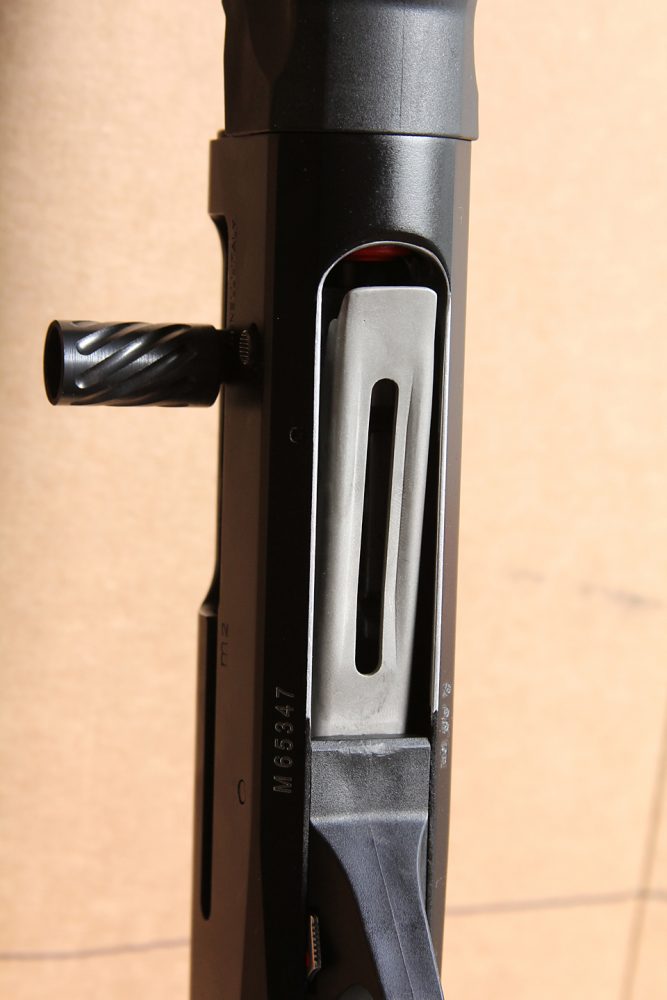
Likewise, the bolt handle was functional but just small enough that cycling it was a deliberate action. Under stress, wearing gloves, or simply moving fast, I needed more handle. I installed a Nordic extended bolt handle that increased length and surface area, with deep spiral cuts in the part to provide traction.
It is the shotgun equivalent of an extended charging handle on an AR, serving the same purpose and extending slightly farther from the receiver than a BCM Mod 4 Gunfighter charging handle does from an AR. The handle is perhaps a smidge longer than I prefer, but the extra length has not been an issue.
There are other things that can be done to the shotgun, and I am still weighing options for sling mount and white light, but other than those two gaps, I am happy.
The difference between the original and as modified is stark, and the mods have maintained the Benelli’s strengths of reliability, balance, and durability. I have been issued or trained with most of the predominant shotguns with varying degrees of interest, but I am truly enjoying this one.
922(R)
Since the Benelli is an imported shotgun, a word about 922(r) restrictions is in order. Title 18 Chapter 44 Section 922(r) of the United States Code—the import law designed to ban importation of “assault rifles”—applies to shotguns as well.
There is no well-laid-out guidance on the M2 and differing interpretations of the permissible parts, since the restriction was written toward AK-pattern rifles. It is also unclear if anyone has ever been charged or prosecuted for violating 922(r) by modifying their shotgun.
In my region, the law is widely ignored or unknown, with the few who seem to be aware not able to agree on how many of which U.S.-made parts make the now evil “assault weapon” all better. Shooters are encouraged to do their own research, draw their own conclusions, and make informed decisions.
Popular U.S.-made additions to square away the shooter’s interpretation of the required parts count include the follower, forearm, and hammer. Don’t let the restrictions scare you away—the results are worth the effort.
SOURCES:
C-Rums
(417) 753-2707
www.c-rums.com
Nordic Components
(320) 234-6015
www.nordiccomp.com
Taran Tactical Innovations
(805) 522-1911
www.tarantacticalinnovations.com
HiViz Shooting Systems
(800) 589-4315
www.hivizsights.com


